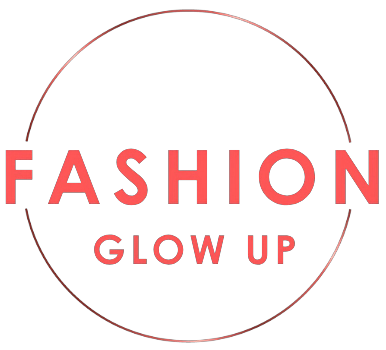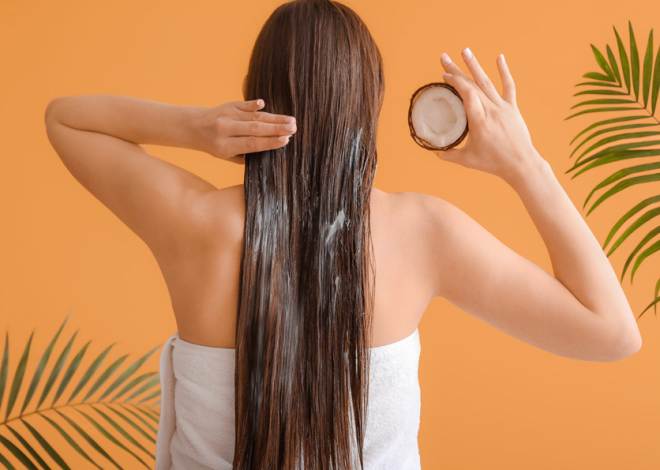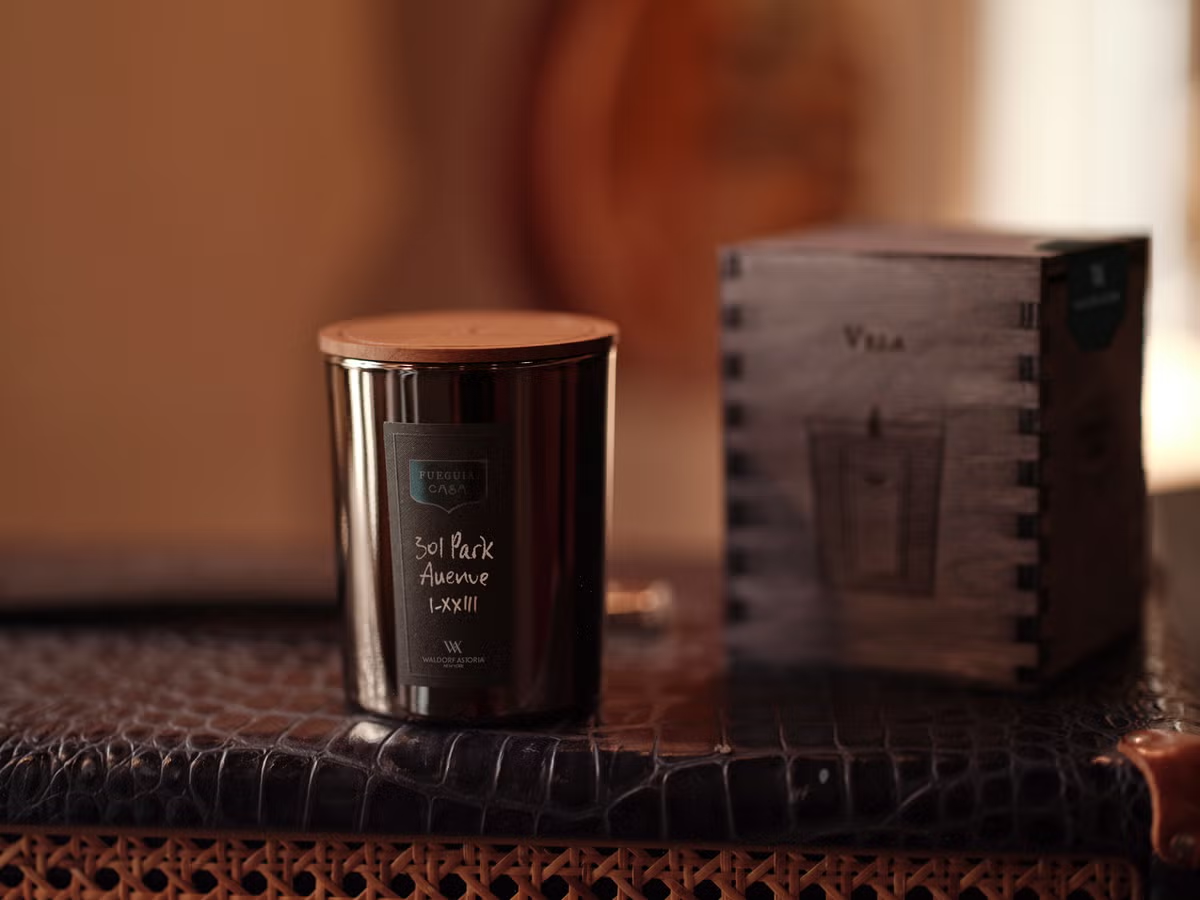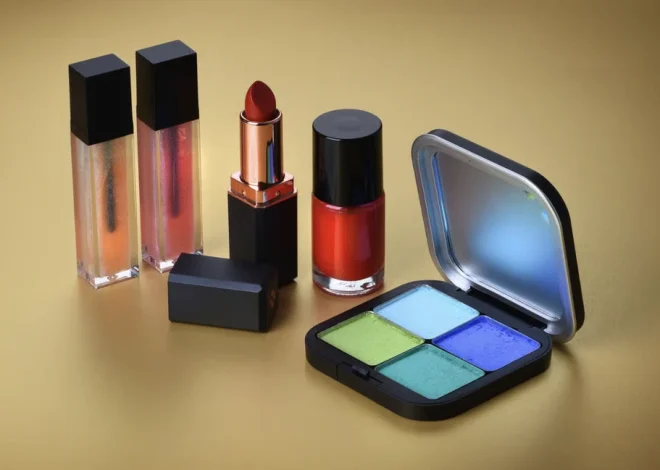Study Reveals Consumer Appeal of Refillable Cosmetics Despite Existing Challenges
On World Refill Day, June 16, 2025, the French beauty industry association FEBEA released a study exploring French women’s perceptions of refillable cosmetic products. The research aimed to gain insight into consumer expectations and the hurdles that limit the broader adoption of refillable formats, which are gradually gaining popularity.
Growing Interest in Refillable Beauty Products
The study surveyed 2,251 women through focus groups and discovered a rising enthusiasm for refillable personal care items. Notably, 59% of participants reported purchasing at least one refill within the past year.
The typical consumer profile identified was a woman aged between 19 and 44, with a higher income, living in households of three or more members, and frequently buying cosmetics.
Key Motivations Behind Purchasing Refills
- Environmental Impact: 70% of respondents cited reducing ecological footprints as their main reason for choosing refills.
- Cost Savings: 64% were motivated by financial benefits.
- Convenience: 39% valued the ease of use.
Regarding packaging preferences, 44% favored small, capped refills designed to be poured into reusable containers, whereas 38% preferred refills that fit directly into the original product container.
Barriers to Wider Adoption
Despite interest, several challenges hinder more extensive use of refillable cosmetics. The primary issue, for 44% of respondents, was the limited availability of refill formats in physical stores. This was followed by a lack of consumer awareness (32%), the perceived complexity of the refilling process (19%), and concerns over health and safety (14%). Additionally, refillable options remain scarce in categories such as makeup and toothpaste.
Recommendations for Brands
To boost consumer adoption, cosmetics companies need to provide various refill formats. The study suggests an ideal refill volume ranges between two to four times that of the original product, with travel-sized options also highly appreciated.
Financially, consumers expect refills to offer savings of 10% to 20%, regardless of the refill mechanism. Clear communication about the environmental advantages is also crucial. Furthermore, brands should increase in-store visibility of refill products, integrating them prominently into their offerings and promoting them through targeted advertising campaigns.
L’Oréal’s Global Campaign Promoting Refillable Products
L’Oréal exemplifies this approach with its global #JoinTheRefillMovement campaign, which spans multiple brands, product categories, and retail channels to encourage consumers to adopt refillable cosmetics. Participating brands include Lancôme, Armani Beauty, Yves Saint Laurent Beauty, Kiehl’s, Mugler, Maison Margiela Fragrances, Prada Beauty, Valentino Beauty, and L’Oréal Paris.
Retail partners support this initiative to enhance the visibility of refillable options, emphasizing benefits for both the environment and consumer budgets. For instance, choosing a 100ml refillable bottle of La Vie est Belle L’Elixir perfume over two 50ml bottles reduces glass use by 73%, plastic by 66%, and cardboard by 61%, according to L’Oréal.
